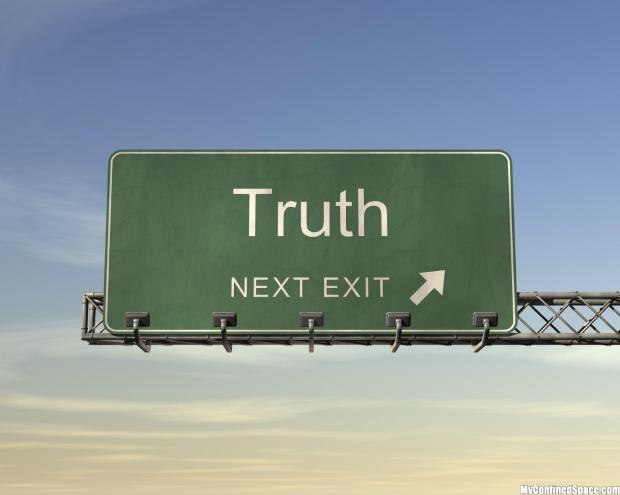
People Sometimes Seek The Truth, But Most Prefer Like-minded Views
It may be hard to believe everything that is said on a blog like this where you have no idea who the authors are. However, you can always trust an educated and respected expert journalist on disseminating wisdom on how to navigate the current mediasphere.
Let us introduce you to Christiane Amanpour, a world-respected (2.9million followers on Twitter!) journalist who has spoken to world leaders, reported on devastating wars and has earned the trust of her viewers and at a TedxGlobal event, she expressed her views on fake news
Watch her TedTalk Now:
If you’re a bit time poor, here is a quick summary of some of her insights and tips on “How to seek truth in the era of fake news” (ROM) – research, objectivity, morality
Research
‘Research the facts’ may seem redundant and oversaid but nevertheless crucial. If you understand the research, and the facts behind the truth you will have a better context. “so if 99.9 percent of the science on climate is empirical, scientific evidence, but it’s competing almost equally with a handful of deniers, that is not the truth; that is the epitome of fake news.” People are entitled to their opinions, but if you have a massive group of professionals supporting their research, consider it to be truthful.
Objectivity
The battle between bias and objectively is clear in any news source. Being able to tell a story from every angle and not a personal perspective is without a doubt hard. However, the issue is that objectivity is not the same as fair and balanced. This is where Amanpour brings in a personal story when she was accused of not being an objective reporter when presenting on the Balkan Wars as she reported more on the minority party of the incident. Here she realises that ‘objectivity means giving all sides an equal hearing and talking to all sides, but not treating all sides equally, not creating a forced moral equivalence or a factual equivalence.” Objectivity constantly hangs in the balance. This can be a challenging yet impactful way to seek truth.
Morality
We all have different morals and here Amanpour asks for developers and technology giants to build morality and quote “Filter out the Crap! You guys are good at technology, let’s figure out an algorithm that works. Can we not?” Despite having good intentions, I disagree with pushing all the responsibility to commercial giants to tackle the issue as I have repeatedly said that the answer relies on informed citizenship, being aware of what we read and what we share and contribute as digital citizens.
Not only Amanpour has shed light on the fake news epidemic, in fact many other experts have also spoken on the topic. Check it out here.
-Cecilia






